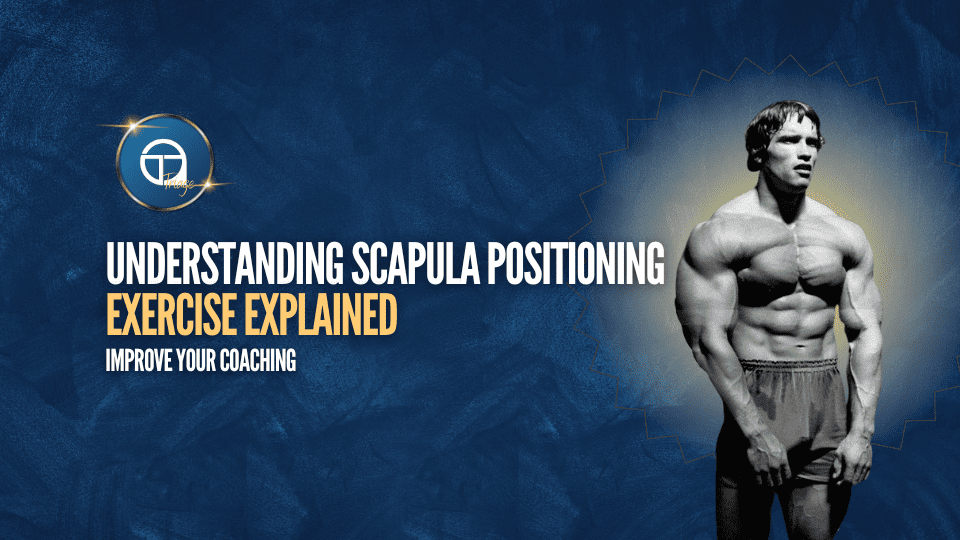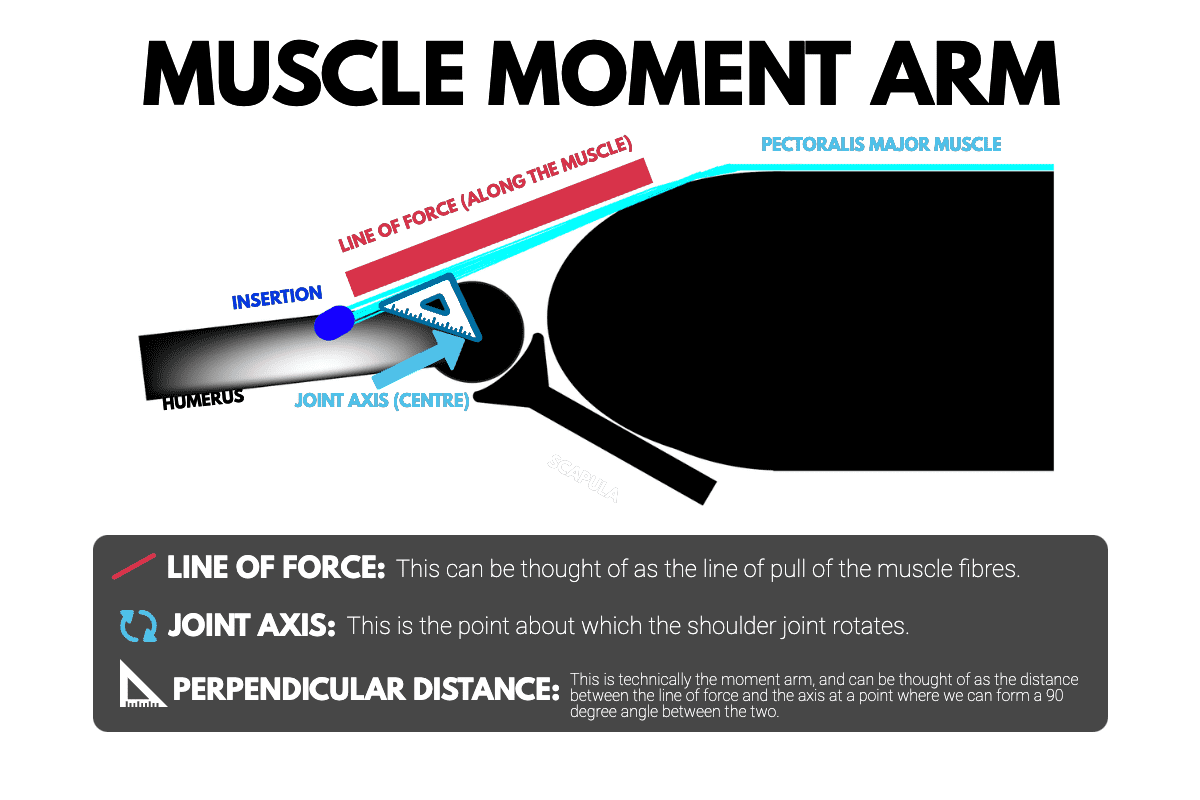Scapula positioning is very often neglected, despite it making a pretty big difference to your pressing exercises, and when we coach people to better scapula positioning on their pressing, they usually see a pretty substantial return on investment. With resistance training, nuanced details can make a significant difference in the effectiveness of an exercise. One such detail that often goes overlooked is scapular positioning during pressing movements. In this article, we’ll delve into the relationship between scapular alignment and the mechanics of pressing exercises, shedding light on how this seemingly minor adjustment can yield substantial gains in performance and results.
Understanding Scapula Positioning For Pressing Exercises
As outlined in the video, the combination of scapular retraction and extension of the lumbo-thoracic spine can place the pecs in a more mechanically advantageous position. The angle of muscle insertion onto the humerus impacts the rotational potential of the shoulder, and by pinching the shoulder blades back and down while arching the back, individuals can optimise this angle.
Anatomy & Biomechanics of Scapula Positioning
Technically speaking, as the scapulae retract, the insertion of the pectoralis major is pulled backward. The result of this is that the line of force (the pec muscle fibres) has a greater perpendicular distance from the joint axis of the shoulder. This creates a greater internal moment arm, allowing for more efficient force production from the pecs, particularly at the bottom of the range of motion where the pecs are typically in a mechanically disadvantageous position. While being in a mechanically disadvantageous position isn’t inherently bad (it can even be good for muscle building), it may cause more load to be shifted to other muscles and joint structures, which could play a role in aggravating shoulder pain (especially if pre-existing and provoked by lengthened-range pressing).
Here is what that looks like illustrated.
The effect of pulling your scapulae back into retraction and depression goes beyond this. It also relates strongly to the ability to maintain stability on the bench. This is one of the main limiting factors to bench press performance, especially among beginners. As discussed in the video below, we want to be able to effectively arch the back, tighten the glutes, plant the feet strong, and maintain a strong upper back that is stuck to the bench. Stability on the bench is supported by retraction and depression of the scapula, combined with extension of the lumbo-thoracic spine.
Learn more about the importance of the bench press arch & upper back position in this video:
Coaching Tips: Cues for Scapula Positioning
Some common cues used in coaching include:
- Think about pinching your shoulders back together.
- Imagine you have a pencil between your shoulder blades, now keep it there (you can also do this physically with a pencil or similar when helping in-person clients).
- Pull your shoulders back and down away from your ears (± and into your back pockets).
- Raise your chest up and arch your back (you’ll often observe scapular retraction along with this.
There are plenty more, and what you use either yourself or with clients depends on level of experience, familiarity with anatomical terminology, and body awareness.
Exceptions: When Scapula Position Should Move
Overall, we’ve got multiple justifications for this lifting cue that people give so often, and that is to ‘pinch your shoulder blades down and back’, and ‘get your back tight’, when you’re performing a bench press. Mechanical advantage was the first rationale, which is going to enable you to use more of your pecs more effectively. Additionally, you are going to enable to work through a large range of motion in a more stable, comfortable, and potentially safe position. Together, this would suggest that this is the best way of performing many pressing type exercises.
Just because this is beneficial in most cases doesn’t mean that you need to always have your shoulders pinched back and down and locked into a fixed position. You can make the case that there are exceptions to that. For example, in a push-up, what you might want to do is allow for some movement because you’re not stuck against the bench anymore and you’ve got freedom at the upper body. You don’t need it to be super stable anymore because you’re not trying to fix yourself to a bench.
Also, by moving the shoulders through multiple different positions (including scapular movement rather than restricting it), this allows you to train different muscles slightly, bringing in the serratus anterior, for example. By varying your positioning, you’re not constantly hammering the same movements in the same joint structures over and over again, which may be beneficial from a longevity perspective. If you’re doing fly-type exercises, for example, cable flyes, protracting forward and allowing the shoulders to roll forward can allow you to bring that pec into an even shorter position because you are dragging that insertion again towards the origin.
If you enjoyed this article, and you want more content from us, then we recommend subscribing to our email newsletter, so you can stay up to date with all of our content. Our premium service here at Triage is our online training and nutrition coaching, especially for those who need support, expert guidance, and accountability with training and/or nutrition. If you enjoy video content, make sure to subscribe on YouTube. Finally, for those looking to take nutrition theory & practice to the next level, we also have a nutrition certification program.


